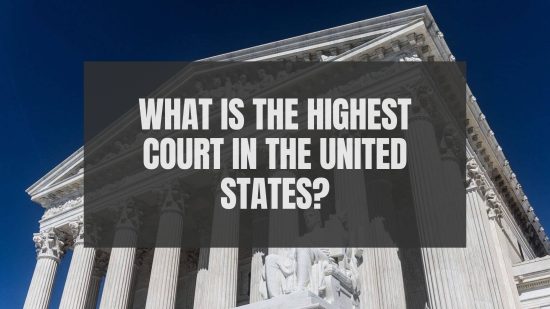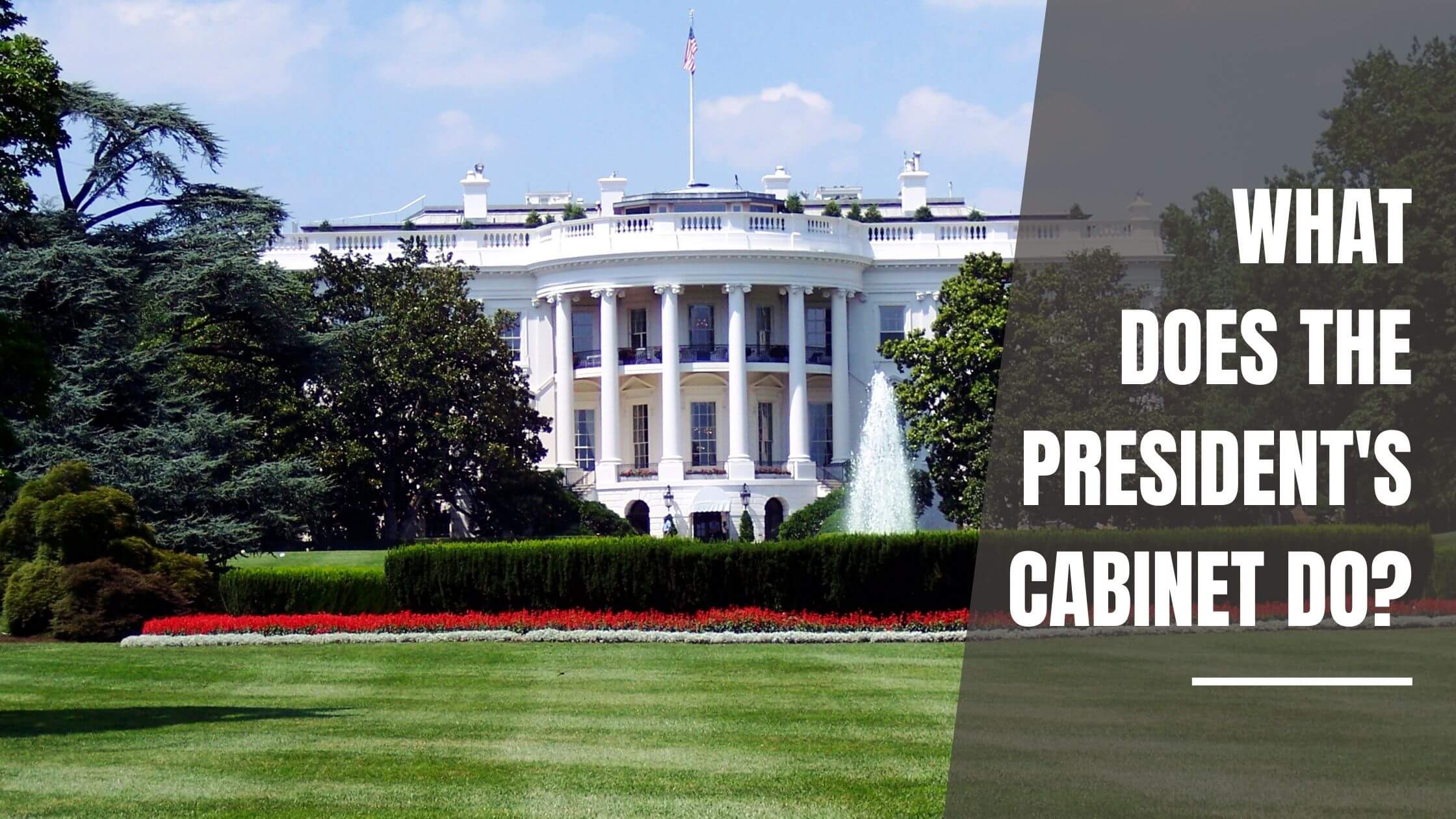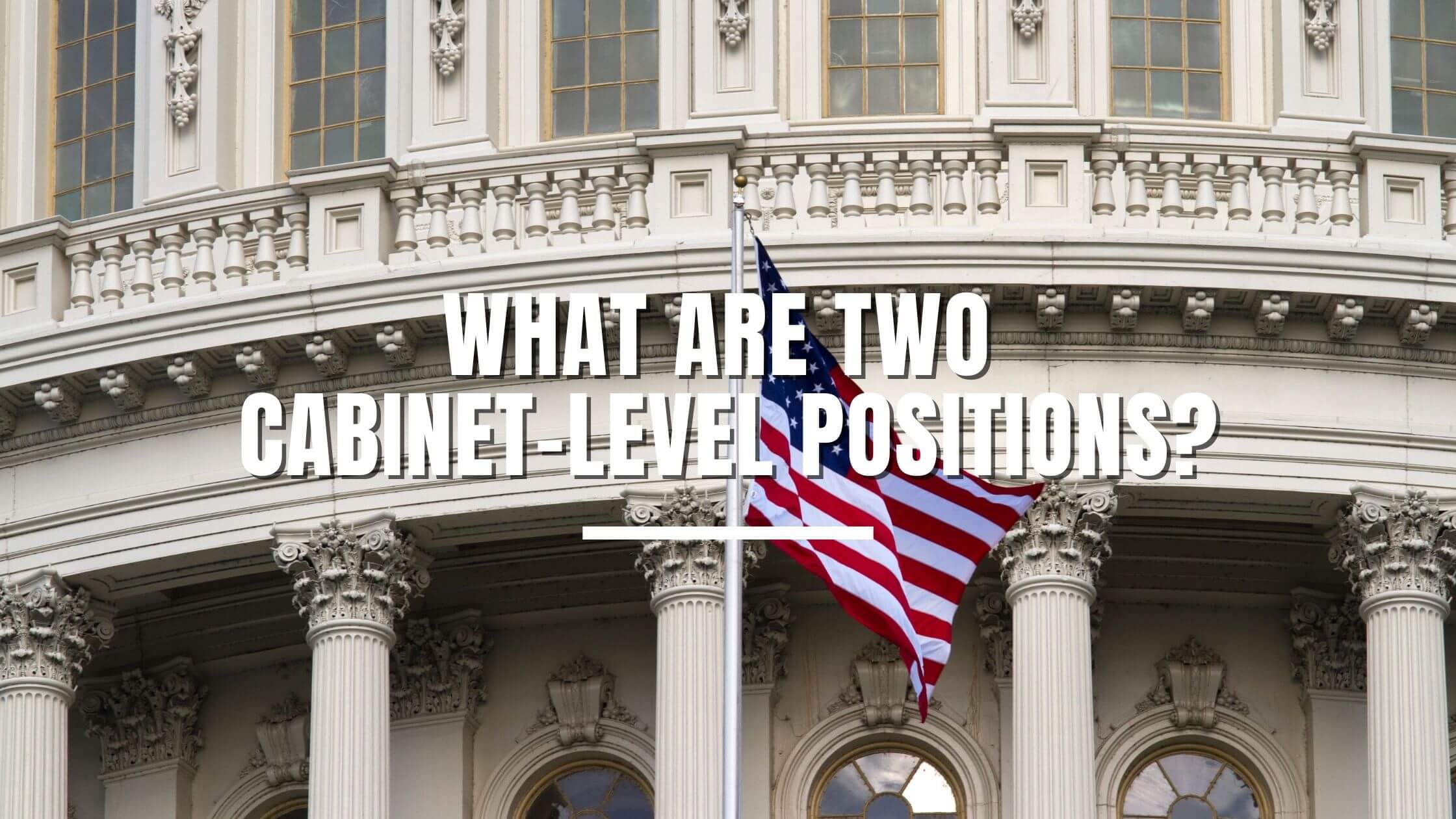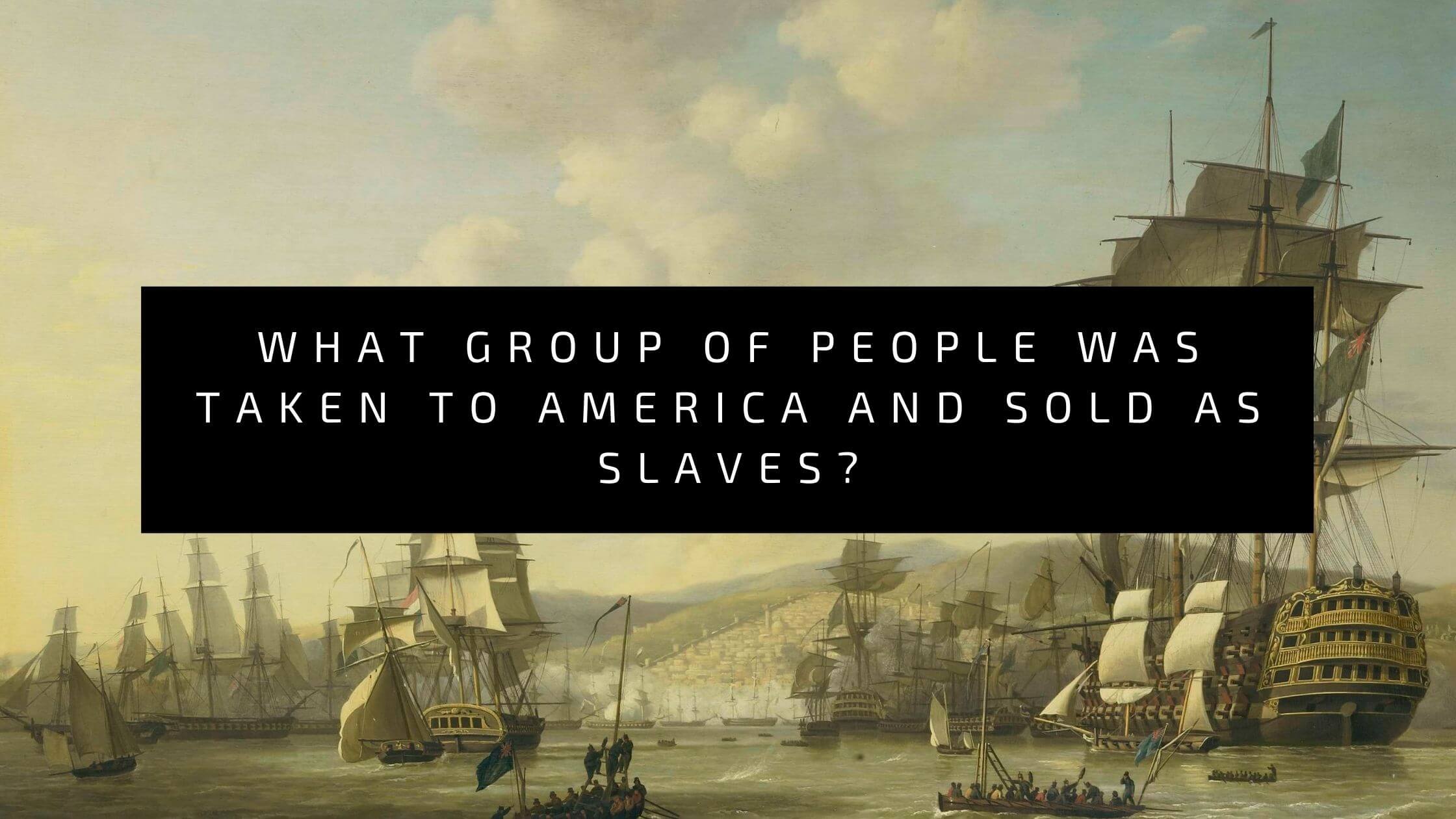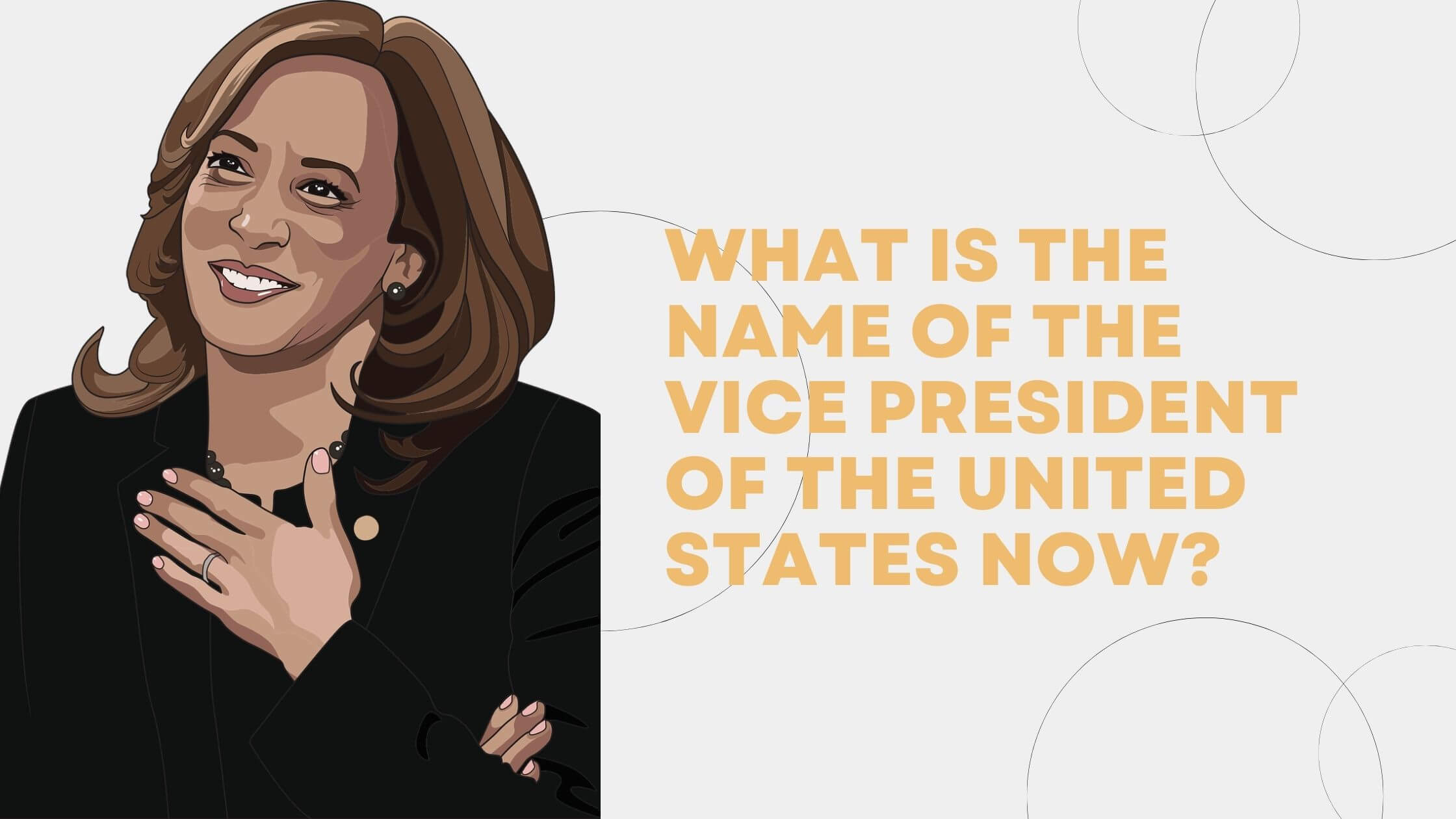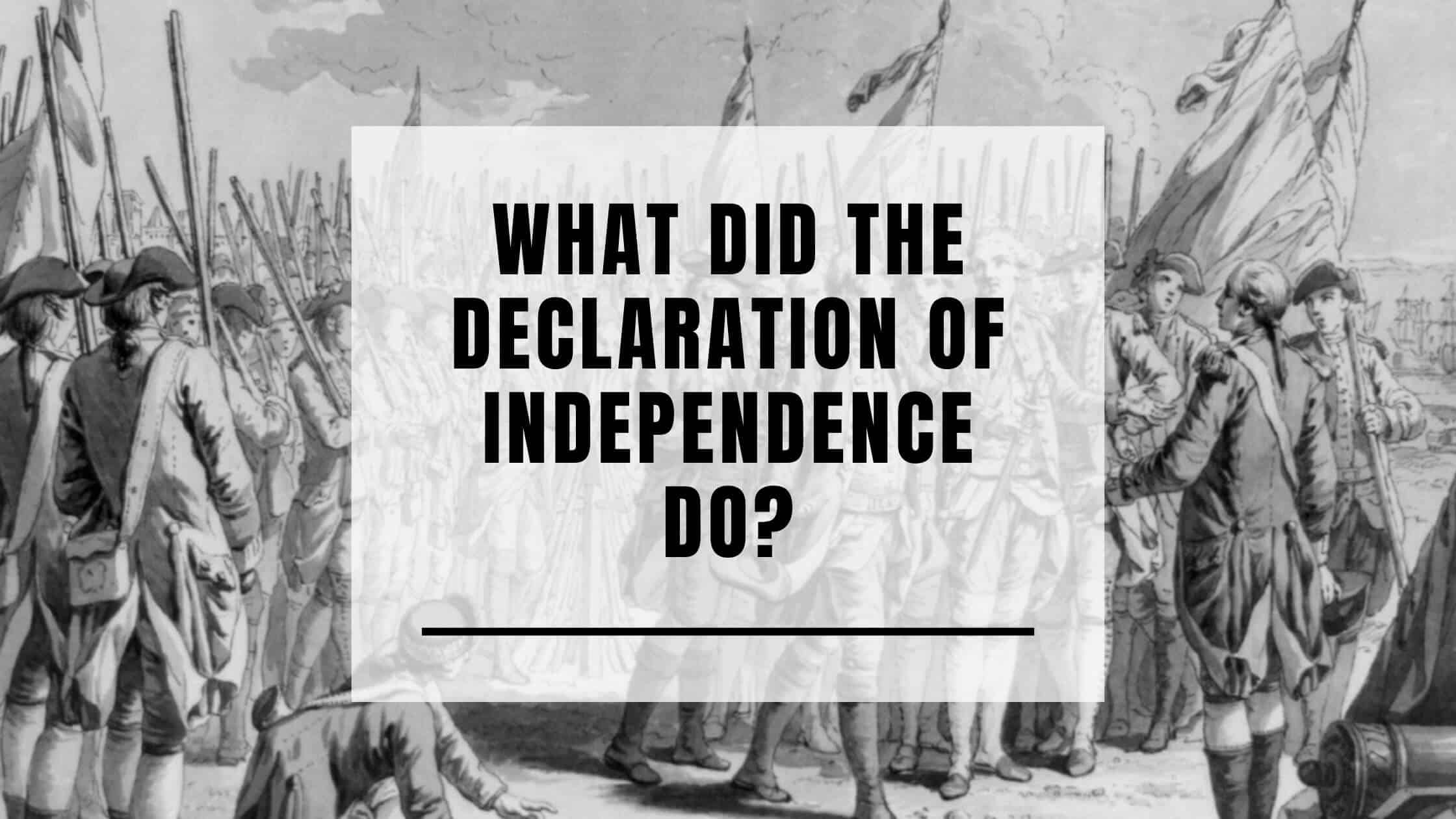Table of Contents
ToggleSources
- https://www.uscis.gov/citizenship/learners/study-test/study-materials-civics-test
This is the official USCIS website providing study materials for the civics test, including the list of 100 questions and answers, making it a highly authoritative source for the citizenship test information. - https://www.supremecourt.gov/about/constitutional.aspx
The official Supreme Court website explains the Court's role and its constitutional foundation, directly supporting the blog post's discussion on Article III and the Court's purpose. - https://www.uscourts.gov/about-federal-courts/educational-resources/about-educational-outreach/activity-resources/about
This U.S. Courts page provides educational resources about the federal judiciary, including the Supreme Court's structure and function, which aligns with the post's explanation of the Court's basic structure and purpose. - https://www.oyez.org/cases/1950-1955/347us483
Oyez is a reputable resource for Supreme Court cases. This link details Brown v. Board of Education, supporting the post's mention of the Court's role in ending racial segregation in schools. - https://www.law.cornell.edu/supremecourt/text/5/137
Cornell Law School's Legal Information Institute provides the full text of Marbury v. Madison, a key case mentioned in the blog post that established judicial review.
Key Points
- The Supreme Court is the highest court in the United States and has the power to overrule state and federal laws.
- Article III of the Constitution establishes the Supreme Court, but leaves many operational details to be developed over time.
- The Supreme Court consists of nine justices, including a Chief Justice, who serve lifetime appointments.
- The Court's primary role is to defend the Constitution and ensure equal justice under the law.
- The Supreme Court hears around 100 cases per year, typically those with significant legal disagreements or constitutional questions.
- Famous cases like Marbury vs. Madison established judicial review, giving the Court power to nullify unconstitutional laws.
- Mapp vs. Ohio reinforced the exclusionary rule, barring illegally obtained evidence from court.
- Gideon vs. Wainwright guaranteed the right to legal counsel for those who cannot afford it.
- Roe vs. Wade legalized abortion nationwide based on the right to privacy, though state restrictions have since emerged.
- United States vs. Nixon limited presidential power by ruling that executive privilege does not extend to withholding evidence in criminal cases.
Summary
The blog post explains that the Supreme Court is the highest court in the U.S., with the power to interpret laws and overturn unconstitutional ones, significantly influencing national legal and social changes. It details the Court's structure, including its nine justices, and highlights landmark cases like *Marbury v. Madison* and *Roe v. Wade* that shaped American law. The post emphasizes the Court's role in upholding constitutional rights and ensuring justice.
To pass the US citizenship test, you will have to answer 10 of a possible 100 questions. The following question is from the USCIS test.
What is the highest court in the United States?
Answer:
The following is a full explanation of the USCIS question:
The Supreme Court
The Supreme Court wields power over every state and federal court, and one of its rulings can significantly change what is legal and illegal nationwide.
If the Supreme Court rules that a law is unconstitutional or must be interpreted in a certain way, the lower courts must accede to its position.
While the United States Supreme Court does not have unlimited power over state courts, it can sometimes change state laws. The Supreme Court can abolish a state law deemed to be incompatible with federal law or the constitution.
Significant social changes in the United States can happen due to Supreme Court rulings. For example, the end of racial segregation in schools arose from a Supreme Court case.
The Supreme Court in the Constitution
Article III of the constitution says that “the judicial Power of the United States, shall be vested in one Supreme Court, and in such inferior Courts as the Congress may from time to time ordain and establish.”
This means that one court must be superior to all others. This is important because any dispute surrounding the interpretation of a law can be settled if the Supreme Court hears it.
The constitution doesn’t offer much direction on how the Supreme Court should work – it only states that it must exist. As such, it took time for the modern American legal system to establish itself.
Basic Structure of the Court
The Supreme Court ordinarily has nine justices. The odd number prevents ties. Initially, there were only six.
The nine justices are led by a Chief Justice, who has the most prestigious judicial position in the United States. The judges vote on issues, and their rulings need not be unanimous, unlike juries.
The Supreme Court currently has the following nine members:
- Samuel A. Alito, Jr.
- Clarence Thomas
- Chief Justice John G. Roberts
- Stephen G. Breyer
- Sonia Sotomayor
- Brett M. Kavanaugh
- Elena Kagan
- Neil M. Gorsuch
- Amy Coney Barrett
Supreme Court justices do not have term limits. After a Supreme Court justice is appointed, they often serve for decades.

Get Smarter on US News, History, and the Constitution
Join the thousands of fellow patriots who rely on our 5-minute newsletter to stay informed on the key events and trends that shaped our nation's past and continue to shape its present.
The United States Supreme court hears cases at the Supreme Court Building in Washington. Anyone who is not the Chief Justice is called an Associate Justice.
What is the Purpose of the Supreme Court?
The Supreme Court is tasked with defending the constitution and striking down laws that are repugnant to it. Consequently, each justice of the court should be an expert on the constitution.
The Supreme Court is supposed to ensure the law remains fair. Its motto is “equal justice under law.” The court often hears rights cases where people believe their constitutional rights were denied.
It does not take just any case though. The court hears as few as 100 cases per year. If the lower courts cannot agree on something, or people strongly disagree with a lower court’s decision, the Supreme Court may take the case.
Famous Supreme Court Cases
The most significant Supreme Court cases can hugely impact the law. Many cases are part of or contribute to major cultural shifts. These cases can also determine how much power the judicial branch of the government has over the other branches.
Marbury vs. Madison (1803)
This early 19th-century case greatly expanded the power of the Supreme Court. It demonstrated that the court has the power to block any legislative/executive acts it consider unconstitutional. This process is known as judicial review and means the Supreme Court remains extremely powerful to this day.
Mapp vs. Ohio (1961)
Mapp vs. Ohio established that when the police search a home without a warrant, any evidence they take is inadmissible in court. If the police or courts ignore a suspect’s constitutional rights, they may walk free, whether they are likely to be guilty or not.
The police suspected that a woman named Dollree Mapp was hiding a bomber in her home. After they made a forcible entry and failed to locate the bomber, they discovered books with content considered obscene in Ohio at the time. Mapp was taken to court for possessing those books.
The case eventually made its way to the Supreme Court, which ruled in Mapp’s favor. The Supreme Court upheld the “exclusionary rule,” or the idea that any evidence obtained illegally cannot be used in court. A lower court had argued that Mapp should be convicted even though the evidence was obtained illegally.
Gideon vs. Wainwright (1963)
The Gideon vs. Wainwright case established that anyone has the right to an attorney if they cannot afford one. Previously, a person charged with a felony did not have the right to an attorney and might be forced to represent themselves if they could not afford one.
A man named Clarence Gideon was forced to represent himself in court after being charged with a non-violent felony. He lost the case and was sentenced to five years, with the court citing a 1942 case (Betts vs. Brady) that concluded the court is not always required to provide an attorney.
Roe vs. Wade (1973)
The famous Roe vs. Wade case made abortion mostly legal everywhere in the United States. Previously, state abortion laws could ban abortion in all circumstances other than to save a mother’s life.
Norma McCorvey (called Jane Roe to protect her identity at the time) challenged such a strict abortion law in her area. The Supreme Court determined that anti-abortion laws are against the right to privacy and are unconstitutional.
Since state laws against abortions later in pregnancy are still legal, some fairly strict abortion laws have appeared recently. In Texas, since May 2021, abortions very early in pregnancy have been illegal. The Supreme Court did not block this new law.
United States vs. Nixon (1974)
The United States vs. Nixon tested how much power the Supreme Court has to keep the president’s executive authority in check. During the Watergate scandal, Nixon attempted to use his presidential powers to block evidence against him from being used in court. The Supreme Court ruled that he could not use his executive powers in this way.
What Is the Highest Court in the United States? Quiz
Frequently Asked Questions
What is the highest court in the United States?
How many justices serve on the Supreme Court?
What is the purpose of the Supreme Court?
What was the significance of the Marbury vs. Madison case?
What right was established by the Gideon vs. Wainwright case?
How useful was this post?
Click on a star to rate it!
Average rating / 5. Vote count:
No votes so far! Be the first to rate this post.
We are sorry that this post was not useful for you!
Let us improve this post!
Tell us how we can improve this post?
